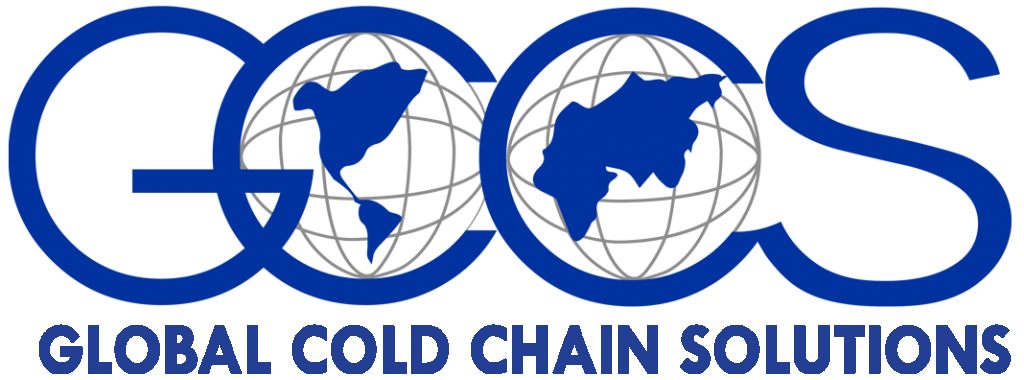

Close

80 Alps Ave, #03-07
Singapore 498792
Contact
+65 6246 4385
sincs@gccscourier.com

Find out how Global Cold Chain Solutions can assist you regarding your biological sample logistics and transportation needs. Feel free to reach out to us today to learn more about biological samples courier.